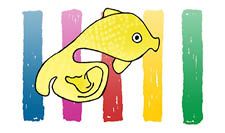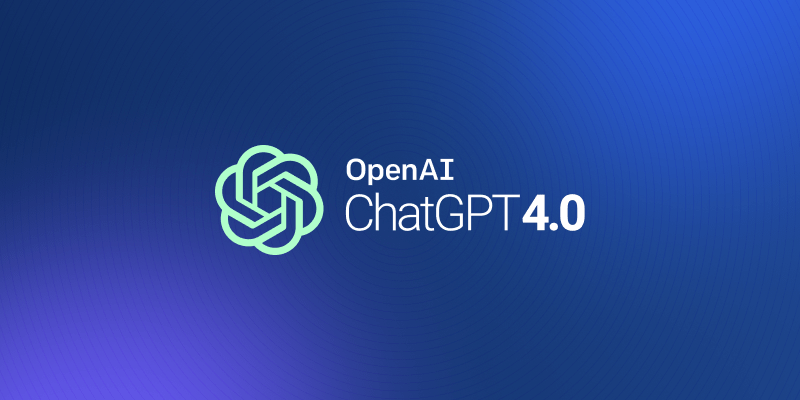Streetwise - Shrewd translation technologies to survive abroad
13/06/2016

The popularity of the Google Translate app has also encouraged the development of hundreds of other translation apps.
Author

A broadly skilled language professional, Isabella knows translation, written communication and tech innovation. She is an ECQA certified Terminology Manager and holds a master’s degree from the University of Parma, Italy.
Related Articles
16/05/2023
Understanding our new leap in Artificial Intelligence and its impact on the industry.
31/03/2023
How is ChatGPT being used by the translation industry and is it really fit for the purposes of machine translation or language data for AI applications?
30/06/2022
TAUS recently launched DeMT™. This article provides context and more information on this recipe for improved MT.



